Photos:: Remains of King Richard III
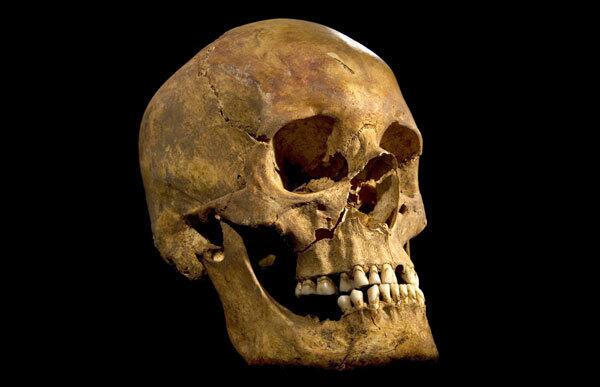
The skull of the skeleton found beneath a parking lot in northern England, which DNA tests have confirmed was that of King Richard III. (University of Leicester / Associated Press)
Richard III, the king in the parking lot
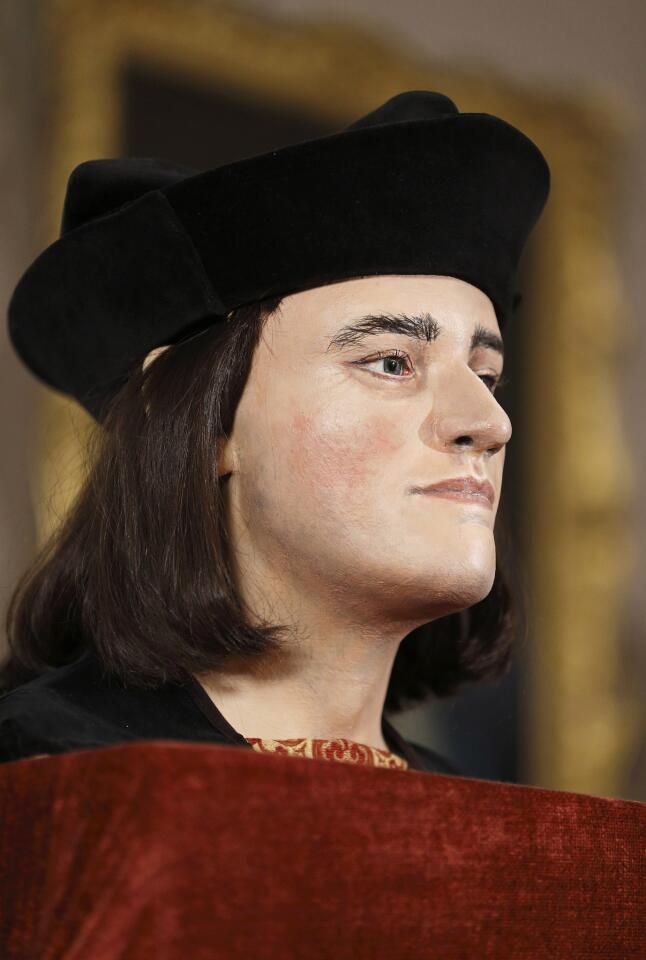
A plastic face was created using the skull of England’s King Richard III. (Justin Tallis / AFP/Getty Images)
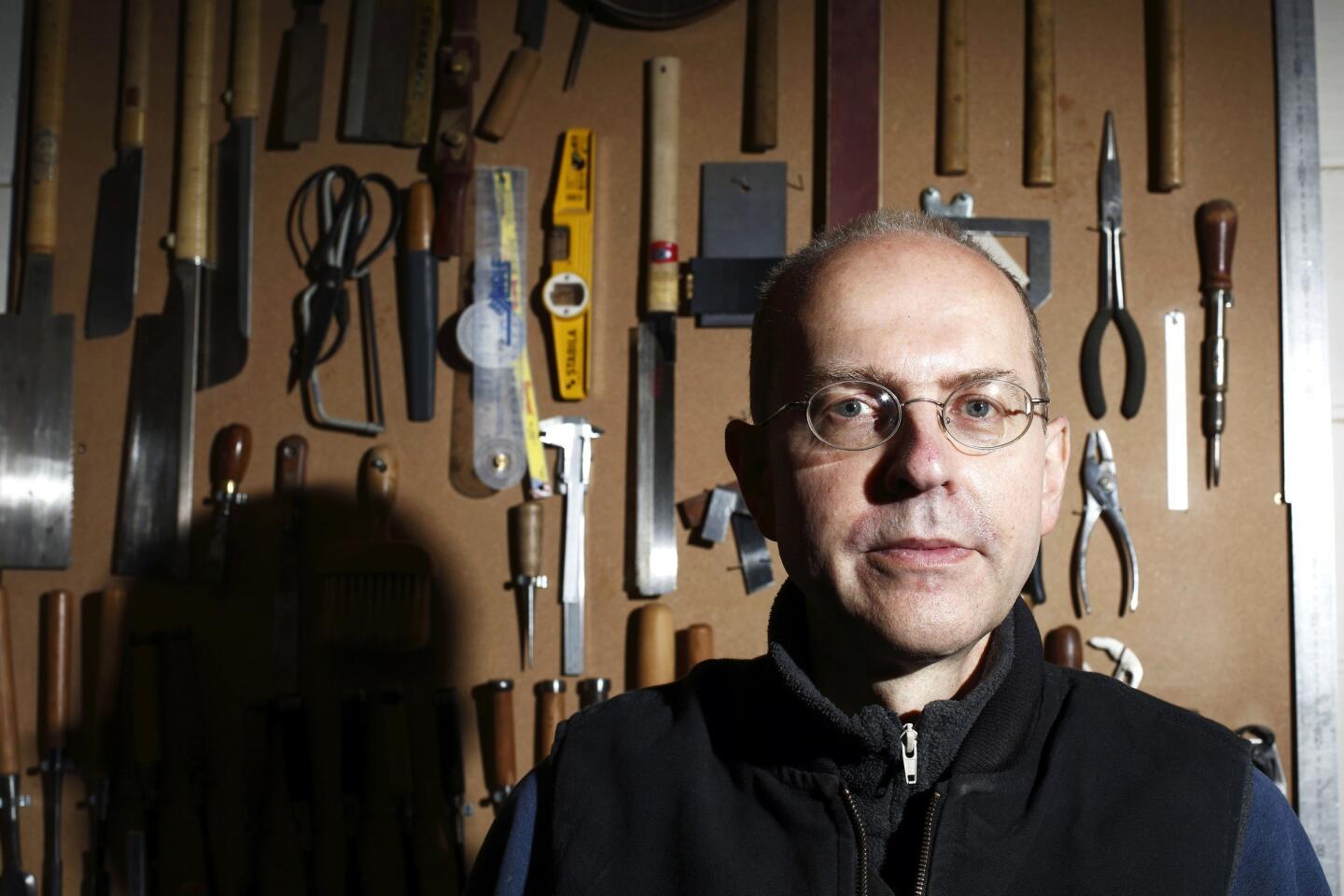
Canadian-born furniture maker Michael Ibsen, a direct descendant of the eldest sister of King Richard III, poses in his furniture workshop in London. A DNA sample from Ibsen was used to confirm that the skeletal remains are those of the English king. (Justin Tallis / AFP/ Getty Images)
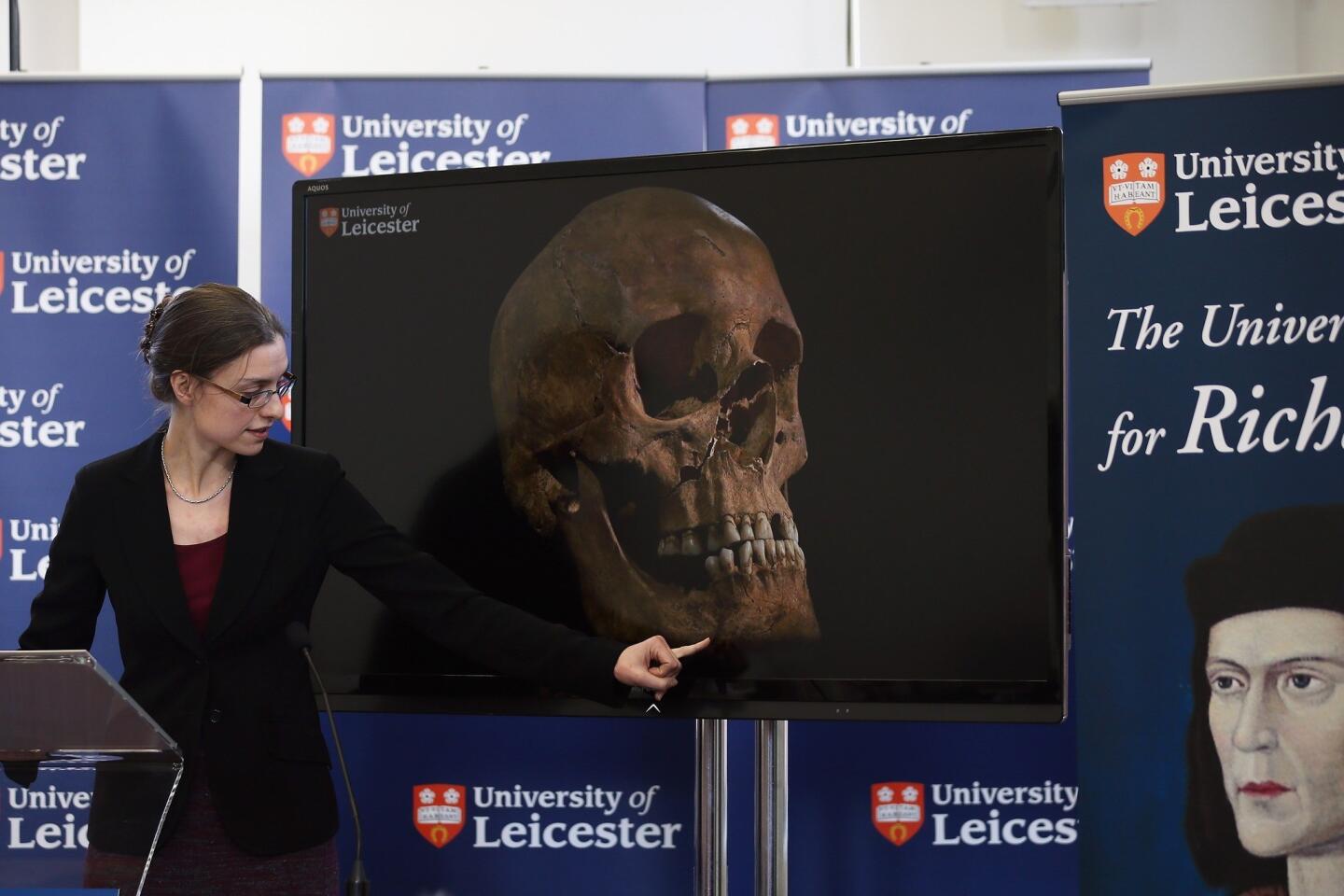
Dr. Jo Appleby speaks during a news conference at the University of Leicester as archaeologists announce in 2013 that recently unearthed remains are those of King Richard III. (Dan Kitwood / Getty Images)
Advertisement
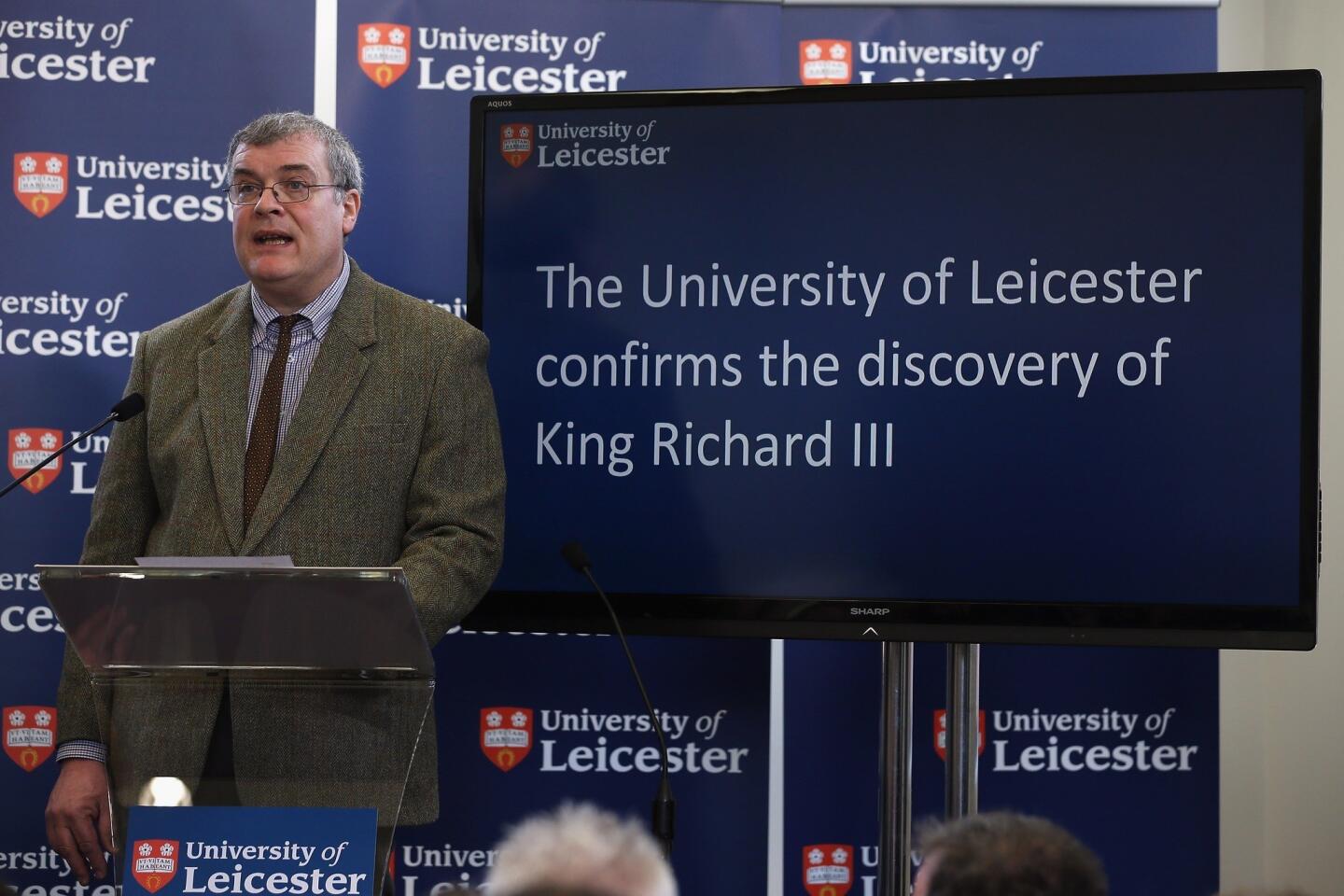
Lead archaeologist Richard Buckley speaks during a news conference at the University of Leicester in 2013 announcing that recently discovered human remains are those of King Richard III. (Dan Kitwood / Getty Images)
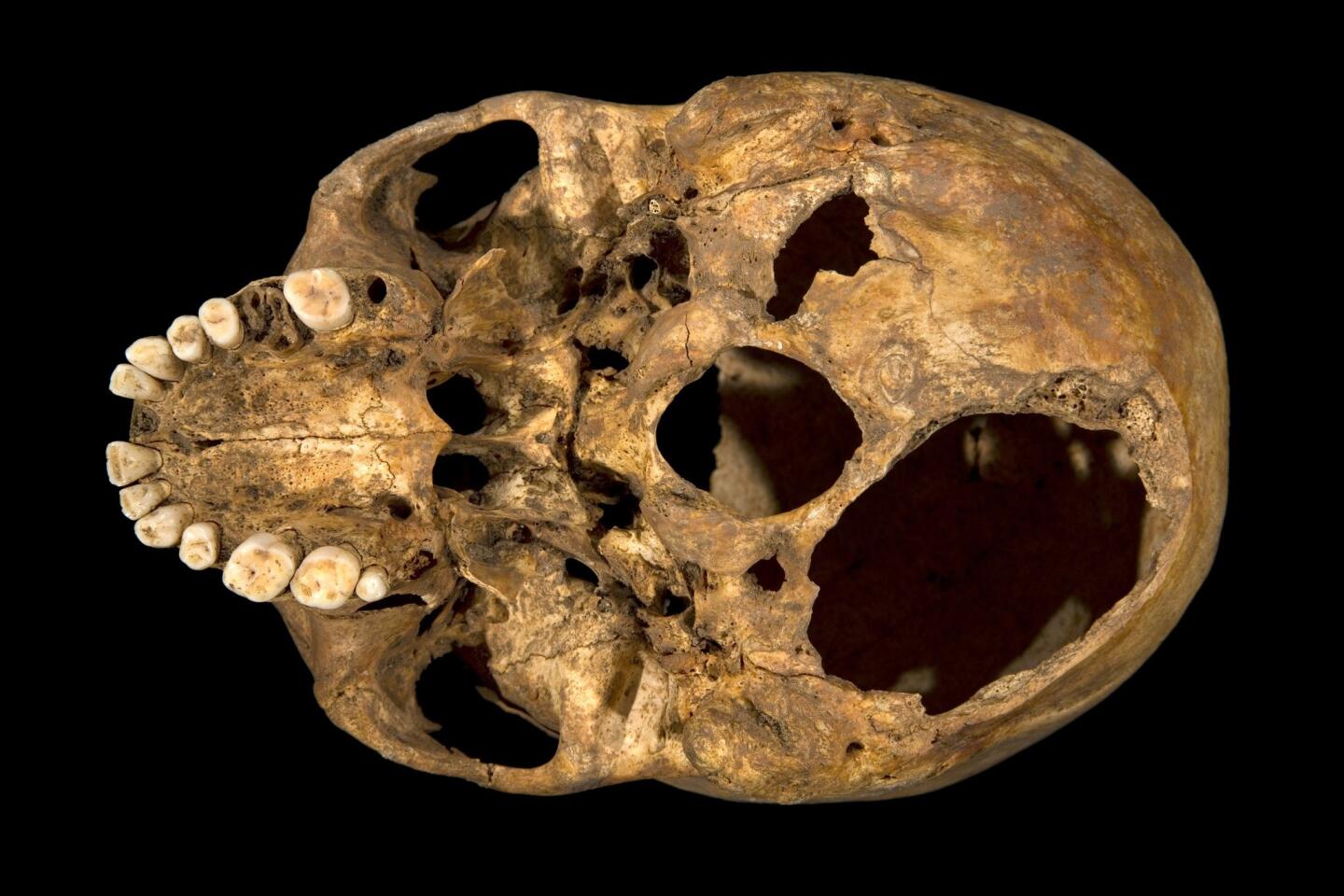
A skull that scientists said is that of King Richard III shows signs of two potentially fatal injuries at its base. (University of Leicester / AFP/ Getty Images)
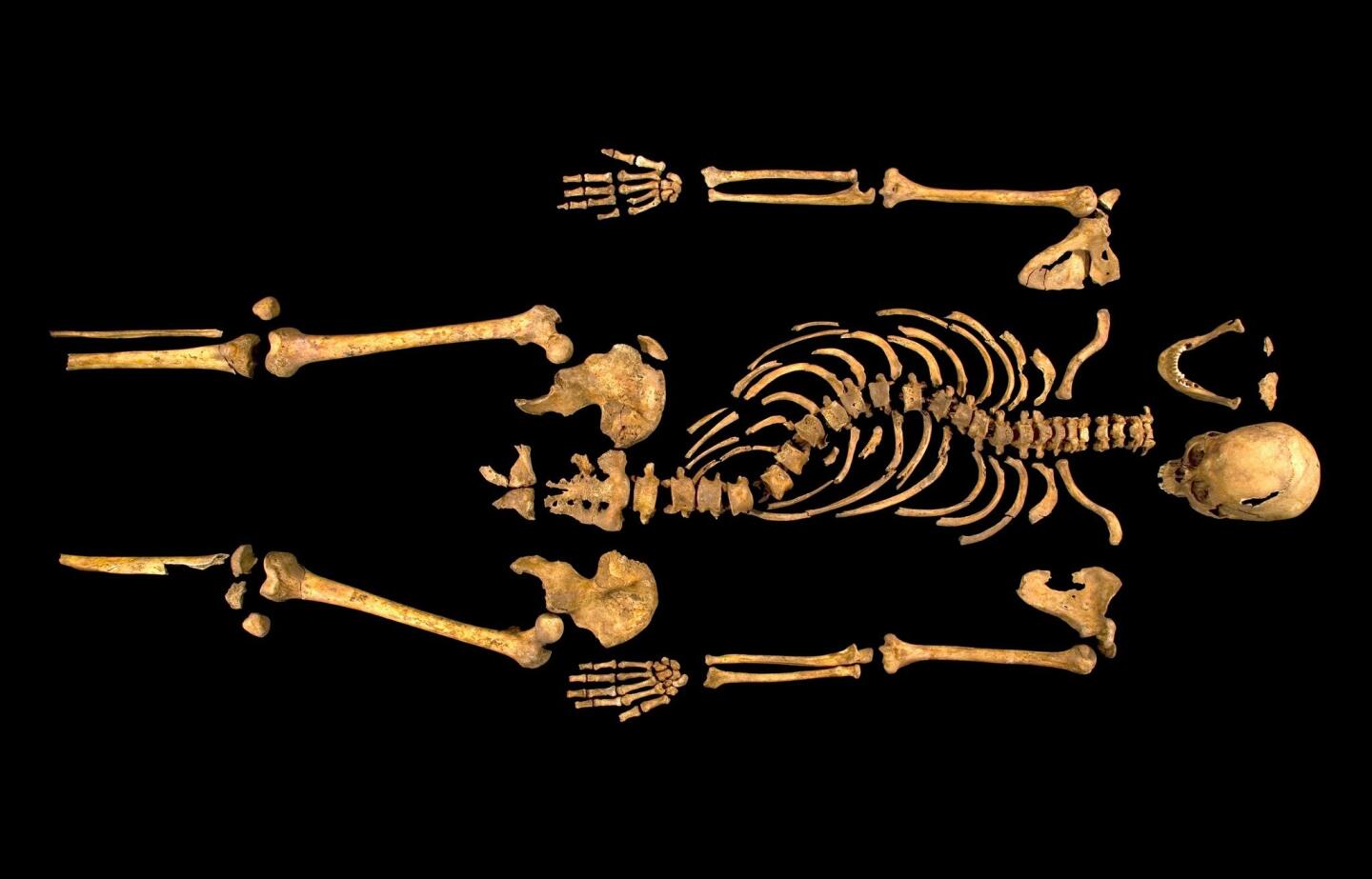
The skeleton of King Richard III was found at an excavation site where a church once stood in Leicester, England. (University of Leichester / AFP/ Getty Images)
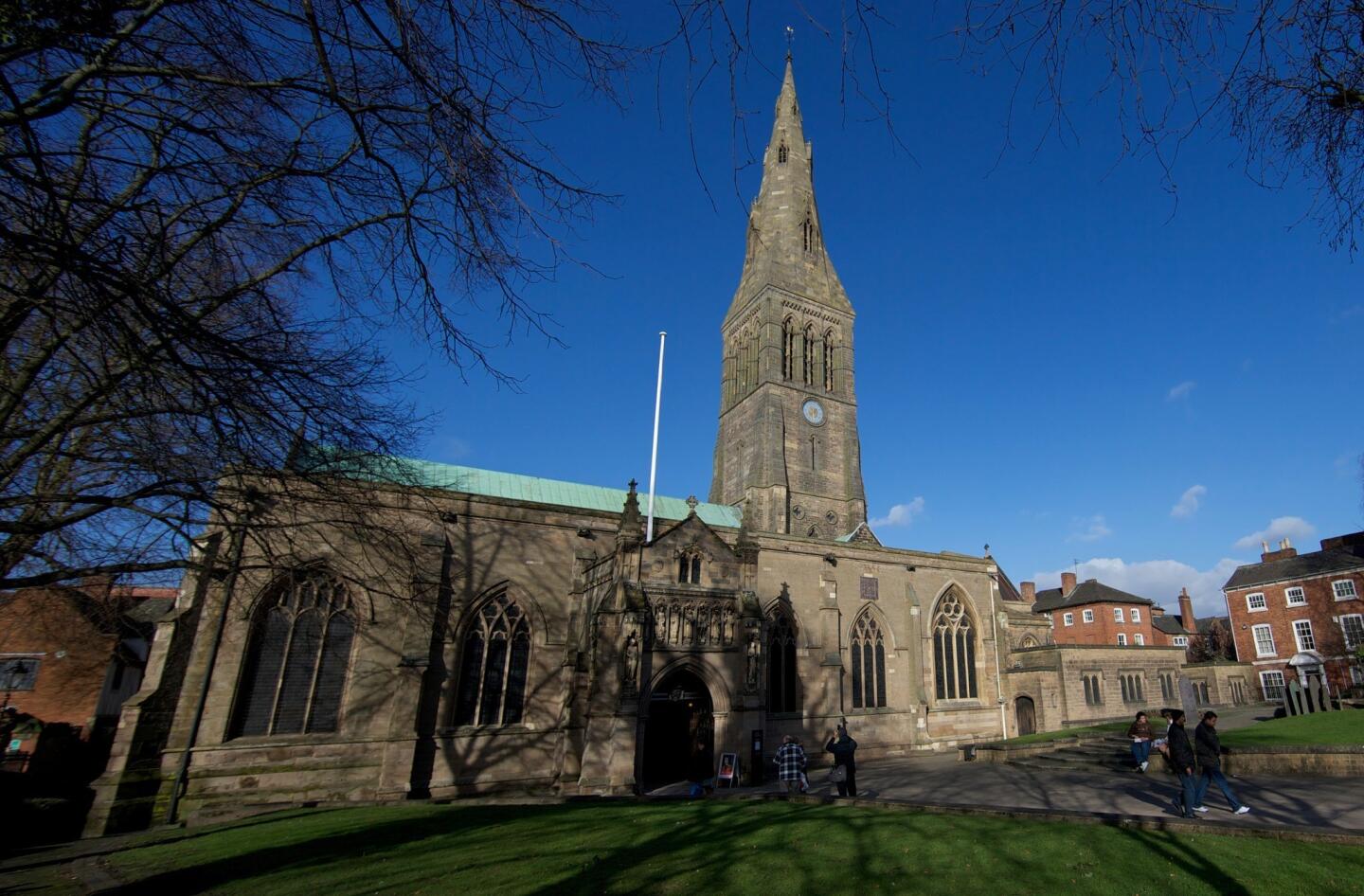
The skeleton of King Richard III is to be re-interred at Leicester Cathedral, officials said, in keeping with archaeological practice to bury remains on the nearest consecrated ground. (Andrew Cowie / AFP/ Getty Images)
Advertisement
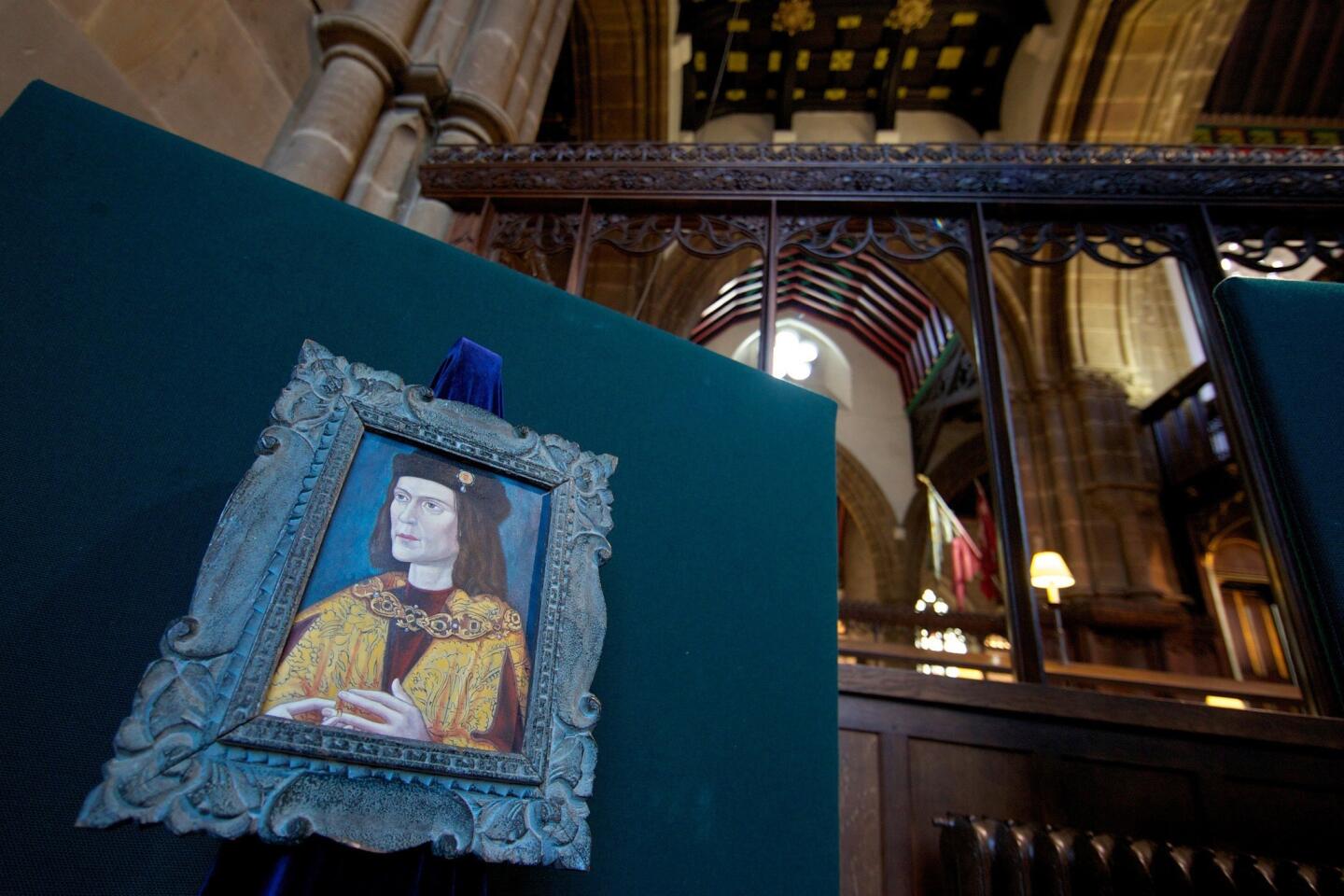
King Richard III is pictured in Leicester Cathedral. (Andrew Cowie / AFP/ Getty Images)







